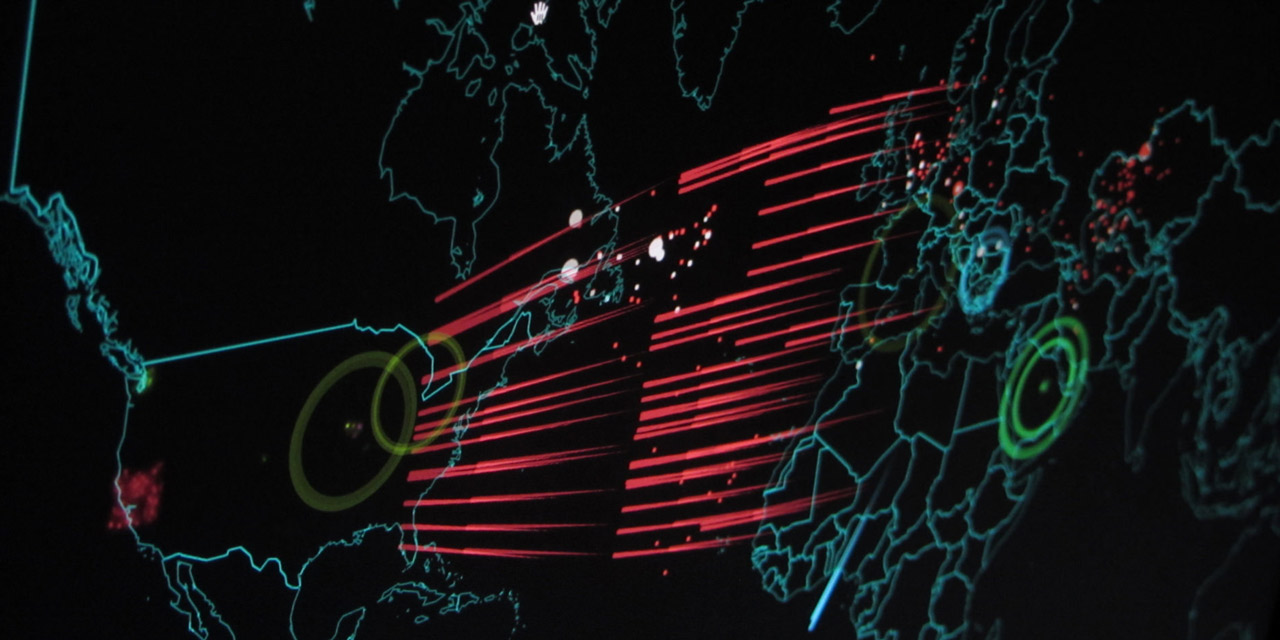2020 is one phenomenal election year across the world. There have been, or there will be 20 elections across Europe, 15 across Africa, 14 across Asia, nine in North America, seven in South America, five in the Middle East, and eight in Oceania.
Elections are the bedrock of any democratic society. They are the most formal expression of the public’s political will. The integrity of them and their outcomes are therefore essential, but are increasingly being called into question as the changes wrought by digital technology, and by the actors who avail it and utilise in certain ways, impact all stages of the electoral cycle.
In recent years, more campaign spending is taking place online through channels other than traditional media and outside of existing regulatory frameworks, while there has been a policy lag in identifying and addressing the challenges posed to democracy by the manipulation of voters through cyber activity.
Political campaigns and groups in the US will likely spend more than $1 billion for the first time on online ads during the 2019-2020 election season, with more voters expected to donate to candidates in this year’s presidential election, according to the research firm eMarketer. Spending on digital political ads this election cycle amounts to more than three times the last presidential cycle.
Data collection and analysis is being used for online political micro-targeting, often covertly and with unpredictable consequences, putting in question the ability of current legal frameworks to ensure a fair, clean and transparent electoral campaign. Meanwhile, below-the-radar (and often bot-driven) disinformation, hate speech and polarising messages have raised the emotive dimension of political contestation, at the expense of peaceful and contemplative decision-making founded upon evidence-based debate.
The UK general election in December 2019 was awash with “fake news”, half truths, and disputed facts, with many false assertions coming from those in authority such as political leaders and established journalists.
The Conservatives created Facebook adverts with misleadingly edited snippets of BBC video; Labour claimed leaked documents show the National Health Service as a whole, rather than simply NHS drugs, is “up for sale,” while the Liberal Democrats created leaflets that looked like local newspapers. During one political debate, the Conservative Party changed its Twitter handle to look like an independent fact-checker. At times, the fact checking overwhelmed the news cycle.
Prime minister Boris Johnson was laughed at by a debate audience for saying he thought “truth matters.”
The scale of fake news in the UK election shows that, while such tactics are met with dismay, politicians hungry to win are apt to watch and learn. Misinformation has grown in scale since 2016, when fake news distorted the US presidential election and the Brexit campaign. Disinformation tactics have since infiltrated elections in India, Spain, and Brazil, among others.
Yet, we still know too little about the impact. Access to data provided so far still does not correspond to the needs of independent researchers and it remains almost impossible to effectively track, for instance, how political ads are bought and targeted across Facebook’s digital platforms.
The lack of transparency in the curation of online content on social media and its deletion, in particular during the pre-electoral and electoral periods, is also problematic as it renders it difficult to trace the provenance of content and to assess its impact, accuracy and reliability.
A couple of weeks ago, the British Intelligence and Security Committee published its long-delayed report on Russian influence over UK politics. It concluded that the government failed to conduct any proper assessment of Kremlin attempts to interfere with the 2016 Brexit referendum.
It said the government “had not seen or sought evidence of successful interference in UK democratic processes” and the onus is on the word sought: no effort was made to find out if there had been any interference with the vote.
It contrasted the response with that of the US.
“This situation is in stark contrast to the US handling of allegations of Russian interference in the 2016 presidential election, where an intelligence community assessment was produced within two months of the vote, with an unclassified summary being made public.”
Regardless of whether it is a hostile foreign state using bots to disseminate falsehoods, or a domestic political party covertly micro-targeting ads, if
“you can’t measure it, you can’t regulate it”,
as Nnenna Nwakanma, Chief Web Advocate at the World Wide Web Foundation, said in a session on election interference at RightsCon 2020.
Facebook and other platforms are clearly not interested in making the data accessible and open, but if even our governments are not interested in assessing the impact of potential election interference, we are a long way from being able to guarantee the integrity of future elections as technology rapidly develops.
The policy lag in identifying and addressing the challenges posed to democracy by the manipulation of voters through cyber activity can only be dealt with once there is transparency and sufficient data regarding the impact of the increasing use of social media during elections, including algorithms, bots and micro-targeted advertising.

